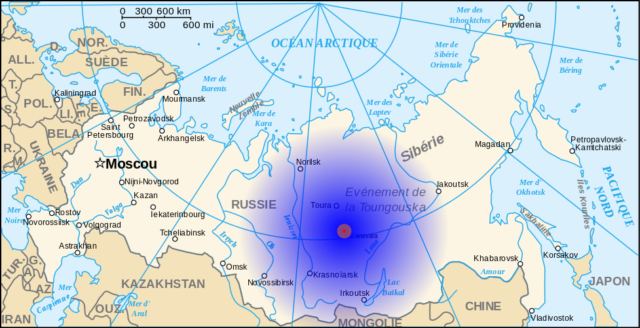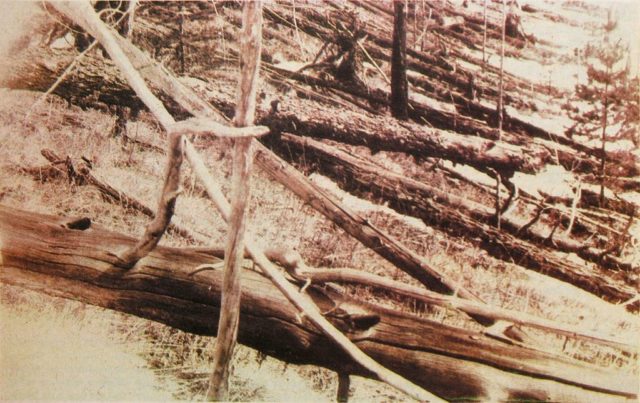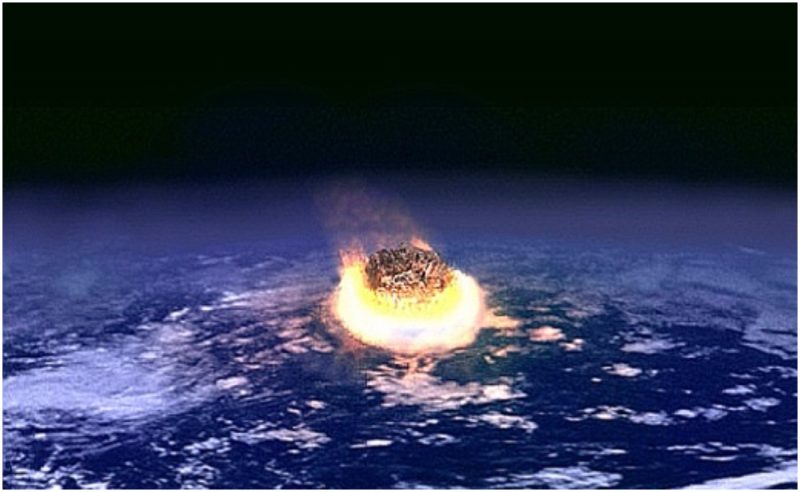It must have started out as an ordinary day across the remote Russian taigas, but June 30, 1908, turned into what must have seemed like Armageddon when a large fiery object exploded.
As witnesses said, a fireball streaked across the daytime sky. It took only moments to explode in the atmosphere just above Siberia’s Podkamennaya Tunguska River, what is the present day Krasnoyarsk Krai of Russia.
Fast forward in time, over a century later, this exceptionally powerful explosion remains a puzzle among researchers. We are probably never to learn what exactly happened in the taigas.
The explosion that overwhelmed the air above the remote Siberia forest, the huge fireball and blast, is considered to have been roughly between 160 to 330 feet wide, and it consumed miles and miles of the taiga forest, flattening about 80 million trees and killing hundreds of reindeer.

This armageddon-like event made the earth shiver. Windows shattered in the closest town, some 35 miles away from ground zero. According to the inhabitants of the town, they could feel the heat of the blast and many had also been blown off their feet.

Perhaps it is a matter of sheer luck that this massive disruption took place in an area thinly inhabited by people. As official reports go, no human casualties took place except for one: a local shepherd was unfortunately slammed into a tree.
Just imagine what might have happened if this sort of event happened elsewhere: over Moscow, London, or New York. There probably isn’t any kind of sci-fi film ever, no Independence Day, no Armaggedon, nothing to truly illustrate the possible horrors of such an outcome.

A scientific expedition to the remote region did not take place for well over a decade. In 1921, it would be Leonid Kulik, a curator of the St. Petersburg Museum who worked with meteorite collections, who attempted conducting the first expedition on the site. Initially, his team could not find out what really happened as they never reached the area due to the severe weather conditions of the Siberian outback.
Six years later, Kulik would commit to another Soviet research expedition concerning the Tunguska event, and he finally made it this time. In his first attempts to talk with locals about what happened, reportedly, the eye witnesses were much reluctant to share. Supposedly, they deemed the other-worldly event was nothing but a sojourn of the deity Ogdy who cursed the realm by tearing down that many trees and killing so many innocent animals.

Testimonies were hard to collect, but the place of impact spoke for itself: the 800 square miles of remote forest torn apart and the endless trees forming sort of spiraling pattern. Moreover, while all trees had been turned with their roots toward the impact point, there weren’t any sign of meteorite pieces, nor any crater–nothing.
Over the years that followed, scientists and other thinkers tried to provide explanations, but it was a challenge to explain something so incomprehensible. Therefore, explanations of a type better than any end-of-the-world movie popped up like mushrooms: that it was an asteroid but Earth swallowed it inside herself, an encounter between the Earth and a UFO, or perhaps a mini-black hole opening.

Nevertheless, what really happened can be scientifically explained and excludes the occurrence of any paranormal activities. It is possible that the Tunguska event concerned a small icy comet or maybe even a stony asteroid that had collided with Earth’s atmosphere on June 30, 1908. As the explosion occurred more than a century ago, we can only speculate on the details, how big the stellar body was, or at what speed it traveled.
Regardless of the absence of details, scientists have managed to reach a sort of consensus: any remnants from the stellar body that penetrated into Earth’s atmosphere disintegrated to dust within the turbulent collision process. This probably happened 10 miles above the ground, maybe little less or more than that. The collision of the object with the atmosphere of our planet had been so engaging that it instantly resulted in intense heat and shockwaves, all felt miles away from the impact point. Airburst subsequently dispersed on the ground, which is when the trees in the area ended up flattened.
Should we be worried whether the Tunguska event might repeat itself elsewhere in the world in the near or distant future? Not really, as astronomers these days have much more knowledge and understanding of how our solar system works. At their disposal they also have the latest necessary gadgetry and technology to help track and observe any Near-Earth Object that might present a threat to Earth. Discussions and plans of what should be done in case such a scenario unfolds are also a regular part of the activities among experts.
Read another story from us: Explosion of WWII grenades in a German town
Meanwhile, the Tunguska event remains the most important of its kind in recorded history. To understand how powerful it was, think in terms of the impact the Hiroshima atomic bomb had. The Tunguska event produced 185 times more energy than the Hiroshima bomb, and that is just a rough estimate. Seismic activity was measured thousands of miles away, as far as the United Kingdom.
